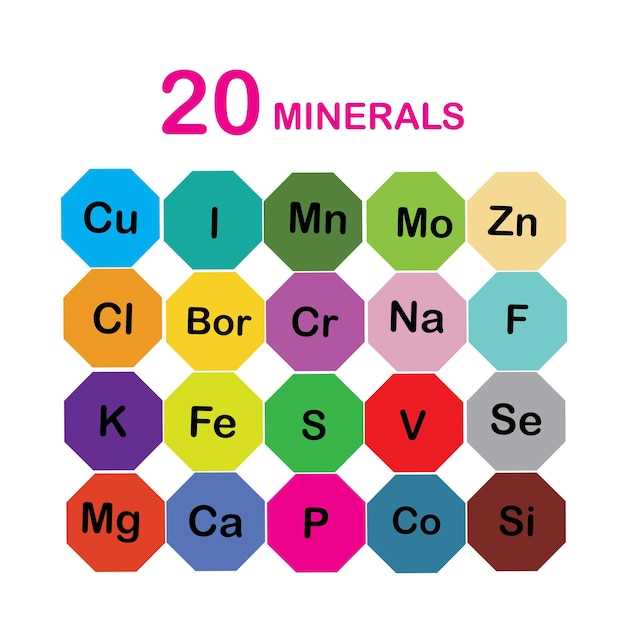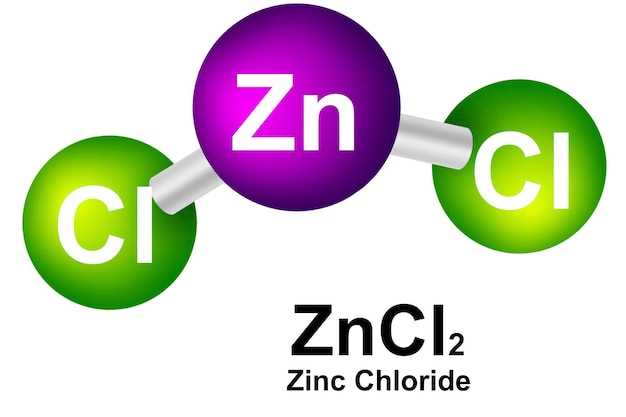
Are you tired of constantly worrying about your high blood pressure? Are you tired of trial and error with different medications? Look no further than Ziac and lisinopril – the perfect combination to help you keep your blood pressure under control.
Ziac is a powerful beta-blocker that works by slowing down your heart rate and reducing the force of each heartbeat. This helps to decrease the workload on your heart and lower your blood pressure.
Lisinopril, on the other hand, is an ace inhibitor that helps relax and widen your blood vessels, allowing blood to flow more easily. By doing so, it helps to lower your blood pressure and reduce the risk of heart attack and stroke.
When taken together, Ziac and lisinopril work synergistically to provide maximum blood pressure control. This powerful combination is recommended by doctors worldwide, and with good reason – it delivers results you can trust.
Don’t let high blood pressure control your life any longer! Take control today with Ziac and lisinopril – the perfect combination for a healthier future. Speak to your doctor about whether this combination is right for you.
Benefits of Ziac and Lisinopril
When it comes to managing high blood pressure, Ziac and Lisinopril are two medications that offer significant benefits. These medications work in different ways to help lower blood pressure and improve overall cardiovascular health.
Ziac
Ziac is a medication that combines two active ingredients, bisoprolol and hydrochlorothiazide. Bisoprolol is a beta-blocker that works by blocking the action of certain natural chemicals in the body, such as adrenaline, which can cause the heart to beat faster and harder. By slowing down the heart rate, bisoprolol helps reduce the workload on the heart, which can help lower blood pressure. Hydrochlorothiazide is a diuretic that helps the kidneys eliminate excess salt and water from the body, which can also help lower blood pressure.
Lisinopril
Lisinopril is an angiotensin-converting enzyme (ACE) inhibitor that works by blocking the production of a substance called angiotensin II. Angiotensin II is a hormone that narrows blood vessels and triggers the release of another hormone called aldosterone, which causes the kidneys to retain salt and water. By blocking the production of angiotensin II, lisinopril helps relax and widen blood vessels, which reduces blood pressure. It also helps reduce the amount of aldosterone in the body, which can help decrease fluid retention and further lower blood pressure.
| Ziac | Lisinopril |
|---|---|
| Combination medication | Single medication |
| Includes a beta-blocker and diuretic | Includes an ACE inhibitor |
| Reduces heart rate and workload on the heart | Relaxes and widens blood vessels |
| Helps eliminate excess salt and water from the body | Reduces fluid retention |
| Lower blood pressure | Lower blood pressure |
In conclusion, both Ziac and Lisinopril have unique benefits in managing high blood pressure. Ziac combines a beta-blocker and diuretic to reduce heart rate and workload on the heart, as well as eliminate excess salt and water from the body. Lisinopril, on the other hand, is an ACE inhibitor that relaxes and widens blood vessels, reducing blood pressure and fluid retention. Consult with your healthcare provider to determine which medication is best for you.
How Ziac and Lisinopril work
Ziac and Lisinopril are both medications used to treat high blood pressure. They work in different ways, but ultimately have similar effects on the body.
Ziac
Ziac is a combination medication that contains two active ingredients: bisoprolol fumarate and hydrochlorothiazide. Bisoprolol fumarate is a beta-blocker that works by blocking the action of certain hormones in the body, such as adrenaline. This helps to relax the blood vessels, reducing the amount of work the heart has to do to pump blood. Hydrochlorothiazide is a diuretic that helps your body get rid of excess salt and water, which also helps to lower blood pressure.
Lisinopril
Lisinopril is an angiotensin-converting enzyme (ACE) inhibitor. It works by blocking the action of an enzyme that is responsible for producing a hormone called angiotensin II. Angiotensin II causes blood vessels to narrow, which increases blood pressure. By blocking the production of this hormone, lisinopril helps to relax and widen the blood vessels, making it easier for the heart to pump blood throughout the body.
Both Ziac and Lisinopril are effective in lowering blood pressure, but they work in different ways. Your doctor will determine which medication is best for you based on your individual needs and health condition.
Usage of Ziac and Lisinopril

When it comes to usage, Ziac and Lisinopril are prescription medications that should be taken exactly as prescribed by your healthcare professional. It is important to follow the recommended dosage and frequency of administration to ensure the best possible results.
Typically, Ziac and Lisinopril are taken orally, usually once a day. It is recommended to take them at the same time each day to help establish a routine and ensure consistent levels of the medication in your body.
It is essential to never exceed the prescribed dosage of Ziac and Lisinopril. If you accidentally miss a dose, take it as soon as you remember. However, if it is close to the time for your next dose, skip the missed dose and continue with your regular dosing schedule. Do not double the dose to make up for the missed one.
It is important to note that Ziac and Lisinopril may take several weeks to reach their full effect. Therefore, it is crucial to continue taking the medication as directed by your healthcare provider, even if you start feeling better. Suddenly stopping the medication without consulting your doctor may result in a worsening of your condition.
It is advisable to take Ziac and Lisinopril with or without food, but always follow your healthcare professional’s instructions to ensure the best absorption and effectiveness of the medication.
Precautions:
Before starting Ziac and Lisinopril, inform your doctor about any other medications, supplements, or herbal products you are taking. Certain drugs or substances may interact with Ziac and Lisinopril and cause adverse effects or reduce their effectiveness.
If you are pregnant, planning to become pregnant, or breastfeeding, it is important to discuss the usage of Ziac and Lisinopril with your healthcare provider. These medications may not be suitable during pregnancy or while breastfeeding.
Additionally, it is crucial to inform your doctor about any pre-existing medical conditions, such as kidney disease, liver disease, diabetes, or any allergies you may have. These factors may affect the safe usage of Ziac and Lisinopril, and your doctor can determine the appropriate dosage and monitor your progress accordingly.
Overall, following the recommended usage guidelines and precautions provided by your healthcare professional will help ensure the safe and effective use of Ziac and Lisinopril for your specific condition.
Side effects of Ziac and Lisinopril

While Ziac and Lisinopril are generally well-tolerated medications, like any other medications, they can cause side effects in some individuals. It is important to be aware of these potential side effects before starting treatment.
Common side effects
Some common side effects of Ziac and Lisinopril include:
| Headache | Dizziness |
| Fatigue | Cough |
| Nausea | Stomach pain |
| Diarrhea | Sleep problems |
| Blurred vision | Rash |
If you experience any of these common side effects, they are usually mild and temporary. However, if they persist or become bothersome, it is recommended to consult your healthcare provider.
Serious side effects
Although uncommon, Ziac and Lisinopril can also cause serious side effects. It is important to seek immediate medical attention if you experience any of the following:
- Severe dizziness or fainting
- Irregular heartbeat
- Chest pain
- Swelling of the face, lips, throat, or tongue
- Difficulty breathing or swallowing
- Signs of an allergic reaction (rash, itching, hives)
These serious side effects may require immediate medical intervention to prevent further complications.
It’s important to remember that this is not a complete list of side effects, and individual experiences may vary. If you have any concerns or questions about the side effects of Ziac and Lisinopril, it is best to consult your healthcare provider.
Where to buy Ziac and Lisinopril
If you’re interested in purchasing Ziac and Lisinopril, you have a few options. One option is to visit your local pharmacy and speak with a pharmacist who can provide you with more information and dispense the medication. Make sure to bring your prescription or consult with your healthcare provider beforehand.
Another option is to purchase Ziac and Lisinopril online. There are many reputable online pharmacies that offer these medications. However, it’s important to be cautious and ensure that you are purchasing from a legitimate and licensed pharmacy to avoid counterfeit or potentially harmful drugs. Look for online pharmacies that require a prescription and have secure payment options.
Before making a purchase online, it’s a good idea to do some research on the pharmacy you’re considering. Check for customer reviews and ratings to ensure a positive experience. Additionally, verify that the online pharmacy has proper accreditation and is licensed to sell prescription medications.
Remember that Ziac and Lisinopril are prescription medications, so it’s crucial to consult with your healthcare provider before starting or changing any medication regimen. They can guide you on the appropriate dosage, potential side effects, and any other relevant information specific to your individual health needs.
Stay informed and make safe choices when purchasing Ziac and Lisinopril to ensure your well-being.
